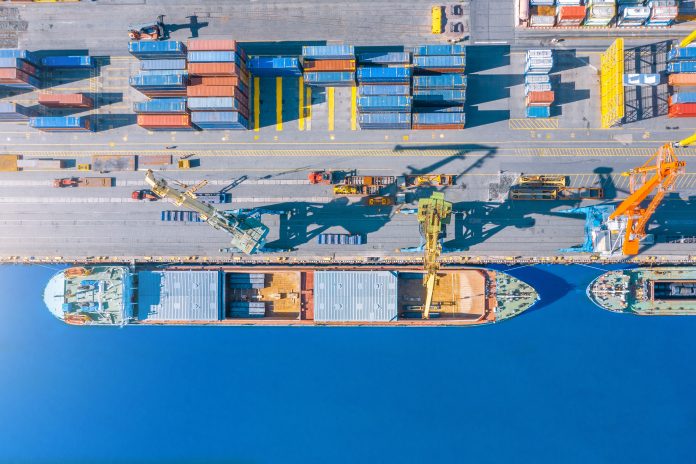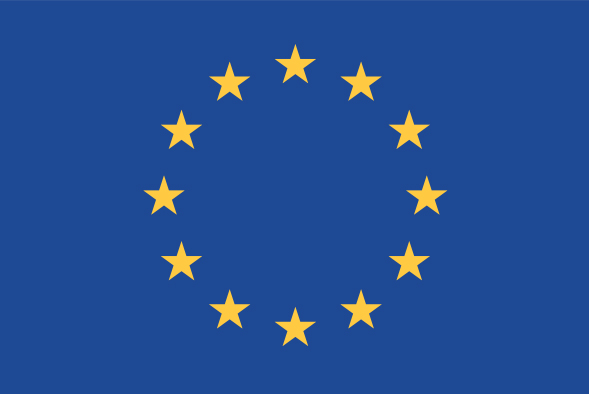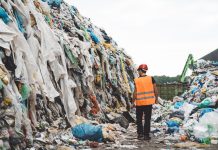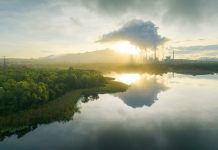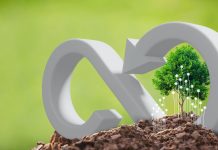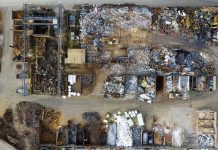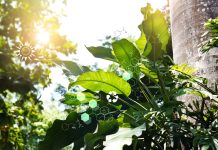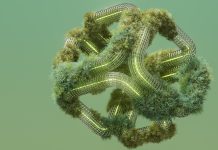Pablo Martínez Rodríguez & Cristina Martínez García from CETIM Technological Centre, chart the advances and achievements of the Biorecover project that concerns critical raw materials (CRMs) to benefit the EU economy
Critical raw materials (CRMs) are a group of approximately 30 metals, minerals and natural materials of capital importance to the EU economy due to their supply risk for essential sectors. Moreover, the growing demand for CRMs in several applications, such as electronic devices, fuel cells or renewable energy technologies is increasing in value. Materials, such as Rare Earth Elements (REE) and pure magnesium rely on 98% and 93%, respectively from China imports, and the main extractors and producers of Platinum Group Metals (PGM) are South Africa and Russia. Therefore, it is of the utmost importance to develop new ways to obtain these raw materials and, thereby, reduce the overseas dependency in the EU and increase their recyclability.
During recent years, several bioleaching processes have appeared offering a green and low-cost strategy for the extraction of metals. The BIORECOVER project develops some of these technologies to identify, characterise and optimise a new sustainable and safe process for the selective extraction of CRMs. For this purpose, pre-treatment to remove major interfering elements, treatment by biological lixiviation to obtain a selective CRM mobilisation and a post-treatment to recover the selected CRMs are being studied. The best performing technologies and their integration are being optimised and validated, producing samples for end-user testing, assuring product quality requirements for their reuse in the production of catalyst, oxygen sensors, brake pads and Mg nanoparticles (MgNPs).
Progress on BIORECOVER project
Raw material sources have been characterised to provide physico-chemical information to serve the next processing routes. Materials selected in the BIORECOVER project were bauxite residue (BR) that includes REEs, magnesium wastes (MgW) of low-grade minerals and calcination by-products, plus platinum group metals (PGM) low-grade ores from flotation tailings, as well as PGM process residues. Mineralogy, morphological plus size particle of the samples, the most abundant elements and target CRMs concentration were identified.
The identification of microbial communities from the raw materials identified diversity indexes and relative abundance of different taxa via 16S rRNA gene amplicon sequencing and isolation based on sample fractionation and pre-enrichment in different culture media. These microbial strains have been applied to the raw materials as different pre-treatments to concentrate the target CRMs into the raw materials, increasing their accessibility.
In the last few months, some suitable microorganisms from the indigenous microbial population existing in the raw materials have been physiologically and genetically characterised. Microbial strains, including Pseudomonas aeruginosa and Pseudomonas stutzeri or external microorganisms with a high leaching activity, such as Fervidacid-ithiobacillus caldus or Aspergillus niger have shown relevant metal mobilisation in the different raw materials. Different pre-treatment and bioleaching experiments were carried out to achieve the removal of main interfering components, as well as the extraction of a wide range of REEs, Mg and PGM. Those strains with the highest removal rates of interfering metals or mobilisation of REEs, Mg or PGM while being stable under varying parameters, including pulp density, organic carbon source or pH were selected.
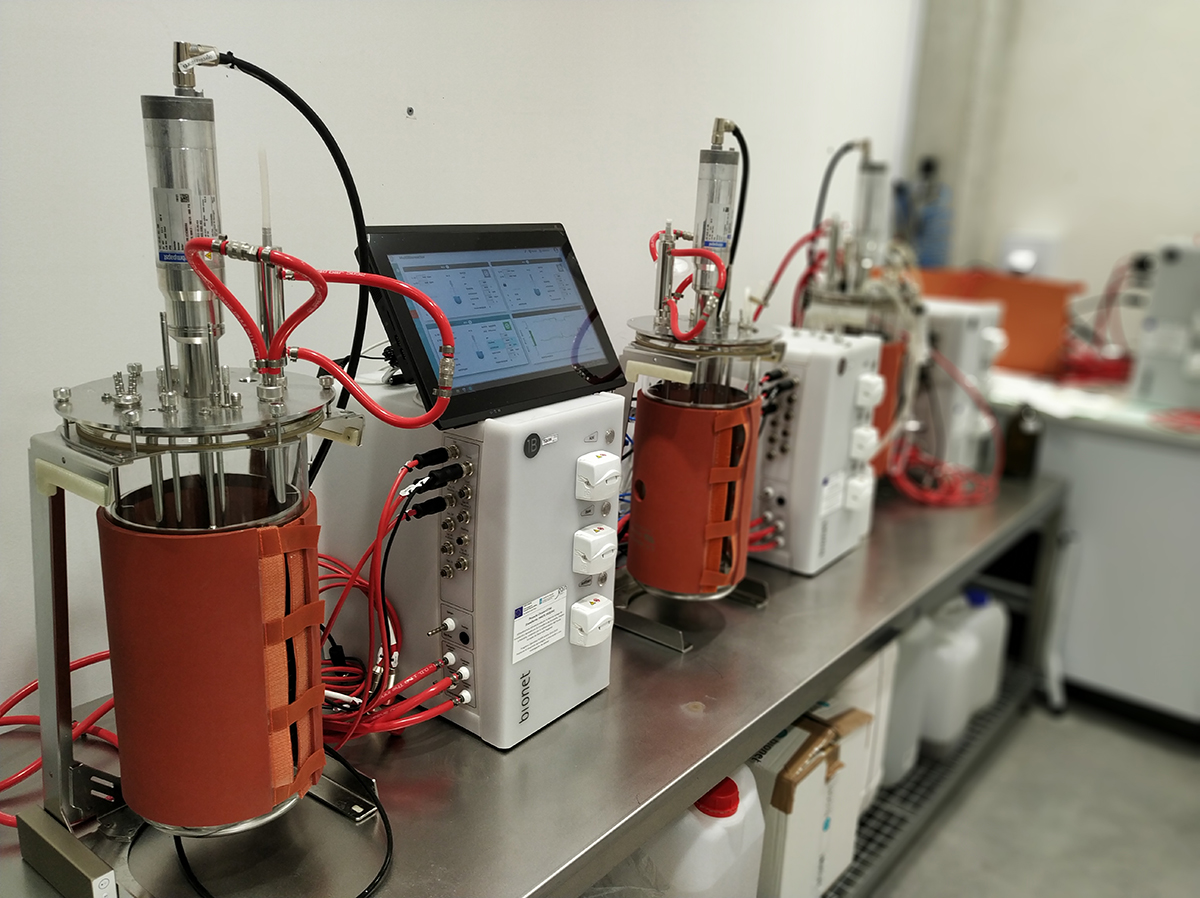
Five strategies have been evaluated to recover the target CRMs obtained in the previous bioleaching steps.
- Selective reusable polymeric microcapsules with almost zero “extractant consumption” were tested under different organic extractants and conditions to extract REEs and Pt from synthetic leachate. Moreover, taking into account these results, the design and construction of bench-scale ion exchange columns have been performed.
- Another technology has been studied using four different strains of microalgae as free cells, as well as immobilised onto polyurethane foams to adsorb and remove Yttrium (REE), Mg and PGM (Pt, Pd and Ir) from synthetic and industrial bioleachates.
- REE and PGM recovery by biosorption/active cell uptake with a selection of bacteria with potential for selective metal bioaccumulation has been performed. Several tests with synthetic leachates containing Pt, Ir and Y were conducted to verify the ability of the selected strains for the immobilisation of the metals of interest.
- Extracellular biosynthesis of MgNPs has been studied by the use of some fungi strains. Several tests were done to optimise the culture conditions of the selected species to achieve an optimal production and extraction method of MgNPs.
- The development of metal-binding proteins for Mg and Pt biosorption has started via the production and screening of these bioproducts by ligand-based competition assays and biological assays, where proteins increase the metal-resistance of Escherichia coli.
Finally, downstream processing has been studied to achieve the reuse of the extracted CRMs in different applications. On the one hand, in the development of oxygen sensors from recovered Y and Pt, some tests have been performed evaluating the reactivity of platinum powders with different gases, the impact on the performance of the sensors and the resistance temperature coefficient. On the other hand, for the development of PGM catalysts, the obtained rich-PGM solutions in previous steps will be converted into heterogeneous and/or homogeneous catalysts. Finally, the characterisation of BR to check its potential as a precursor for geopolymer cements has started, and the first formulations have been obtained successfully.
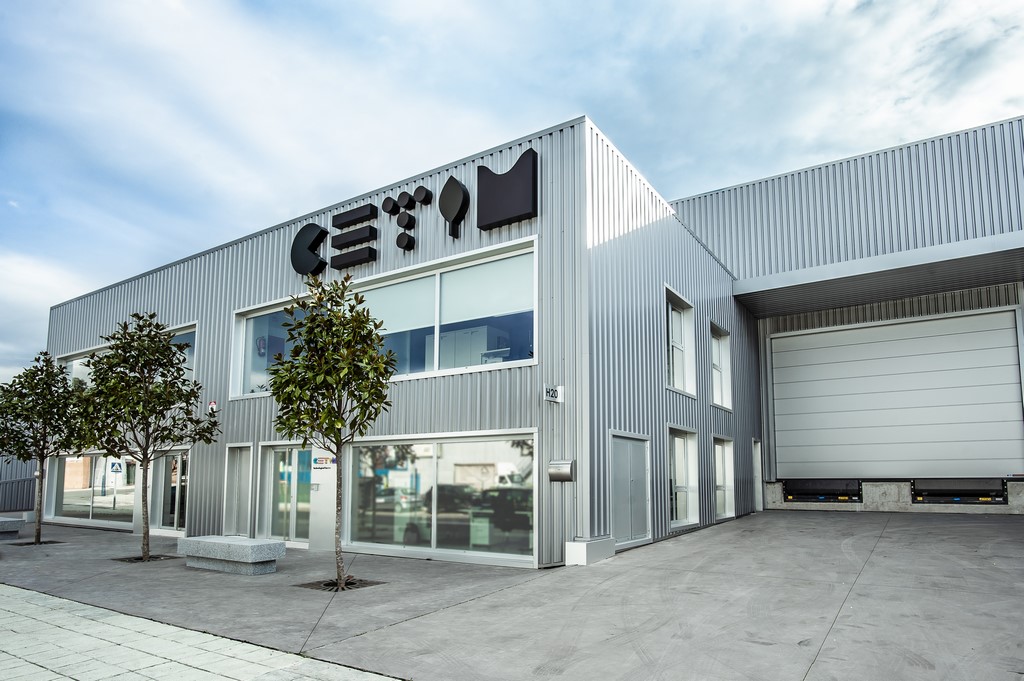
BIORECOVER: Next steps
During the coming months, the research concerning bioleaching treatment optimisation and development of strategies for CRMs recovery will continue. The best pre-treatment, treatment and post-treatment processes for the raw materials will be selected. Also, integration of the best technologies developed will be validated in one route for each raw residue, to establish the BIORECOVER process. Life Cycle Assessment (LCA) studies are being performed as a decision making tool to recognise and reduce the generation of water, wastewater and emissions of the whole operations involved in the BIORECOVER process. The environmental footprint of each raw material will be quantified and analysed to compare with conventional methodologies.
BIORECOVER has received funding from the European Union’s HORIZON 2020 Research programme under the Grant Agreement no. 821096.
Please note: This is a commercial profile
© 2019. This work is licensed under CC-BY-NC-ND.

